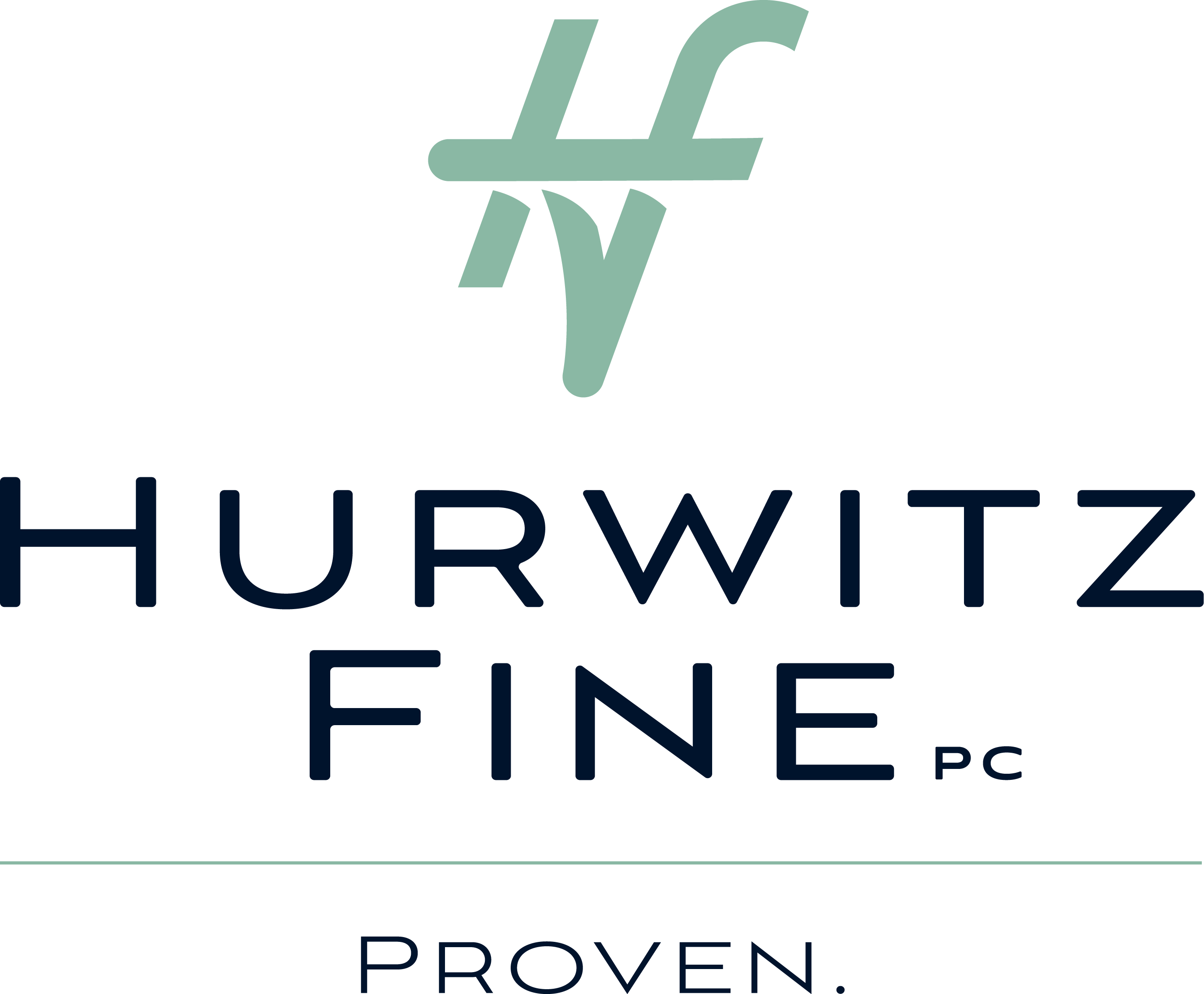If your company or organization managed to obtain a Paycheck Protection Program (PPP) loan during the first round of PPP funding, your focus has likely shifted to utilizing the loan proceeds to best position yourself for loan forgiveness. The core requirements for loan forgiveness include maintaining your workforce levels and refraining from reducing employee compensation by more than 25%. The purpose of this note is to present a set of business/operational recommendations, which, depending on your particular situation, you may find helpful in managing your PPP loan to maximize loan forgiveness.
Use a Separate Bank Account to Hold and Disburse Loan Proceeds.
PPP loan proceeds may be utilized for specific costs only--eligible payroll costs, mortgage interest, rent and utilities. Tracking payment of these expenses is essential for loan forgiveness. Holding the PPP loan funds in an account separate from your operating accounts will make it easier to track expenditures. Lenders are encouraging this practice, and in some instances are making it an express requirement in their loan agreements with PPP borrowers.
Be Prepared to Start Spending Quickly.
Loan forgiveness is measured from the eight-week period beginning on the date that the loan proceeds are received. Therefore, Borrowers should be prepared to start using PPP loan proceeds as soon as the loan is funded. If you utilize an outside payroll service, you may want to contact the payroll service to coordinate the draw of PPP funds for eligible payroll costs.
Be Mindful of the 75/25 Rule.
The SBA’s April 2nd Interim Final Rule established a requirement that borrowers utilize at least 75% of loan proceeds for eligible payroll costs, with the balance available for payment of rent, mortgage interest and utility costs. Borrowers should run an eight-week projection of payroll, rent and utility costs to create a PPP utilization plan that complies with the 75/25 rule.
Capture All Payroll Costs.
In the rush to submit applications, some borrowers may not have maximized their calculation of eligible payroll costs. For example, guidance issued by the United States Treasury Department on April 6th confirmed that employer contributions to defined benefit plans and defined contribution plans are considered eligible payroll costs. Borrowers who submitted applications prior to the issuance of the guidance may not have included those costs. For those borrowers, this may present an opportunity to re-direct PPP loan proceeds from rent and utility payments toward retirement plan contributions.
Pay Attention to Payroll Costs for $100,000 Wage Earners.
Eligible payroll costs do not include that portion of an employee’s salary or wages over $100,000 on an annualized basis. This means that for each payroll, borrowers should pay these employees with a combination of PPP loan proceeds and non-PPP funds, using the non-PPP funds for an employee’s annualized salary or wages over the $100,000 threshold. It is important that borrowers coordinate with their payroll department or outside payroll service to ensure that payments are made with proper funds.
Maintain Required Records for Loan Forgiveness.
The loan forgiveness provisions of the PPP require borrowers to make available the following documents: (i) payroll tax filings reported to the IRS; (ii) state, income, payroll and unemployment insurance filings; and (iii) documentation, including cancelled checks, payment receipts or other documents verifying mortgage, lease and utility payments. If you are paying bills electronically, it is important to retain evidence of electronic payments.
Keep Informed of Evolving Program Requirements.
There have been several updates from the SBA and the United States Treasury Department regarding the PPP loan program, the most recent of which was an April 26th update to the program FAQs. It is fair to expect the issuance of additional guidance, including more detail on the loan forgiveness process, so stay tuned.


